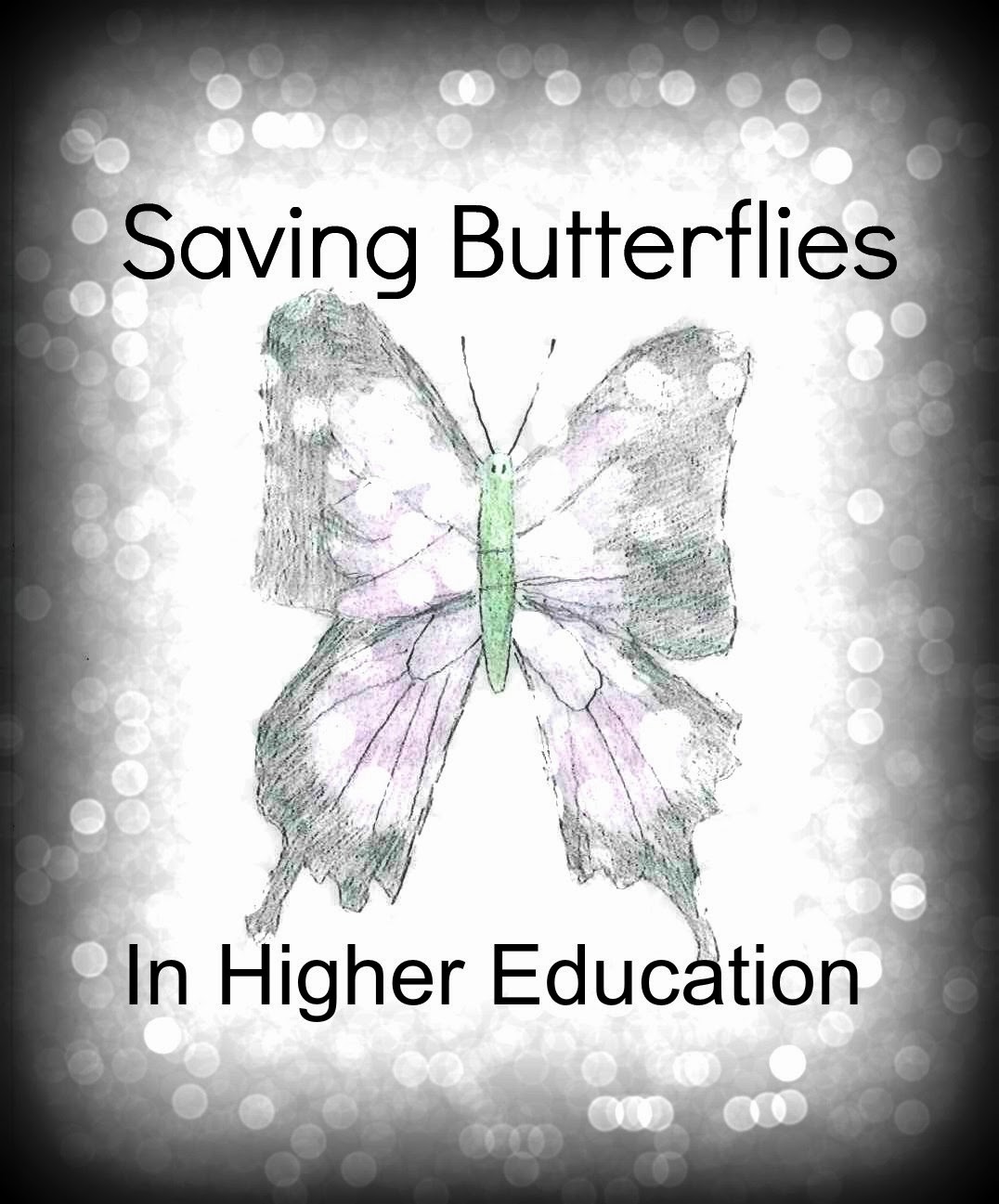Service learning can help high school and college
students raise their grades and connect to a wider world. A paper by
Bruce-Davis and Chancy (2012) discuss to a greater degree how service learning
improves upon the platform for regular students but can help gifted students
reach new heights. Education isn’t always stuffed in some dusty book and can
include practical application of interests. Once engaged, gifted students can
engage for years until breakthroughs are created.
Gifted learners are often underachievers. Their
brains work at a capacity where standard curriculum bores them right out of
school and directly into the school of life. This is why history is full of the
genius drop out. Adding on top of this, teacher misperceptions, rigid classroom
structures, and improper social relations, the school system can seem more like
a prison system.
Gifted learners underachieve because there is little
to achieve for. If their classmates are focused on the latest He Man toy or
newest Barbie member over the next Mad Science edition there is going to be
dissonance. As these children grow into adolescents the focus on rigid social adherence
and outward perception can also take their toll. Teachers may encourage these
social patterns as “healthy development”.
The problem is that gifted learners are asynchronous
and develop at different stages and times. Service learning allows gifted
students to throw themselves into something that interests them. Strong teachers
can integrate normal class work into some service activity the gifted student
finds interesting. The options are unending and can range from poetry to
feeding the poor.
Other researchers have found that service learning
allows for practical application of knowledge and can be beneficial in raising
motivation and grades. Service learning can be even more profound for inner
city students that desire to find purpose and meaning in school while
connecting with a wider community. The percentage of college readiness and
graduation rates increase if high schools use these methods.
If we look at a definition of
giftedness from Renzulli and Reis (1997) you will find that service learning
fits within task commitment, abilities, and creativity. “Gifted behavior consists of behaviors that reflect an interaction among
three basic clusters of human traits—above average ability, high levels of task
commitment, and high levels of creativity. Individuals capable of developing
gifted behaviors are those possessing or capable of developing this composite
set of
traits and applying them to any potentially valuable area of human performance.
(p. 8)” Some gifted individuals can engage in these activities for years,
decades, or lifetimes.
Service learning can help most students gain a
bigger picture of their life’s responsibilities beyond their own needs. For
gifted individuals, service learning can help them find practical application
and motivation for their existing skills. For those who are previously
undiagnosed, service learning methods affords opportunities to do something
interesting and expose their greater abilities beyond rote textbook learning.
High grades often measure intelligence but fail to measure higher abilities and
capacities beyond sequential learning. Who wouldn’t be enthusiastic about
saving butterflies, reducing child hunger, or creating better methodologies?
Bruce-Davice, M. & Chancy, J.
(2012). Connecting Students to the Real World: Developing Gifted Behaviors
through Service Learning. Psychology in
the Schools, 49 (7).
Reis, S. M., & Renzulli, J. S. (2009). The
Schoolwide Enrichment Model: A focus on student strengths and interests. In J.
S. Renzulli, E. J. Gubbins, K. S. McMillen, R. D. Eckert, & C. A. Little
(Eds.), Systems and models for developing programs for the gifted and talented
(2nd ed., pp. 323 – 352). Mansfield Center, CT: Creative Learning Press.
